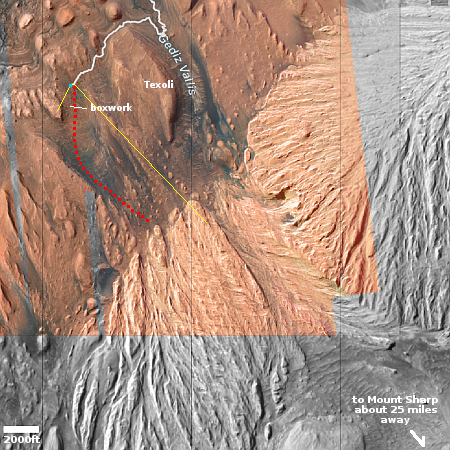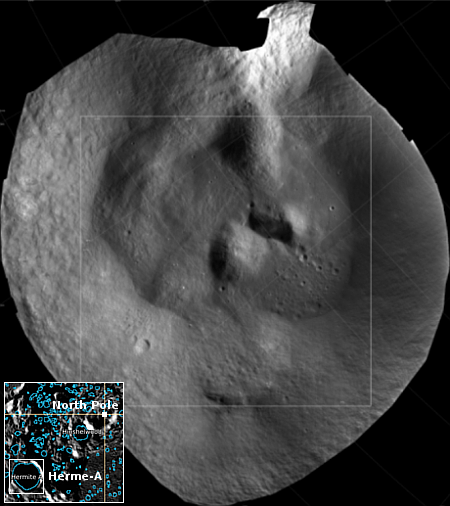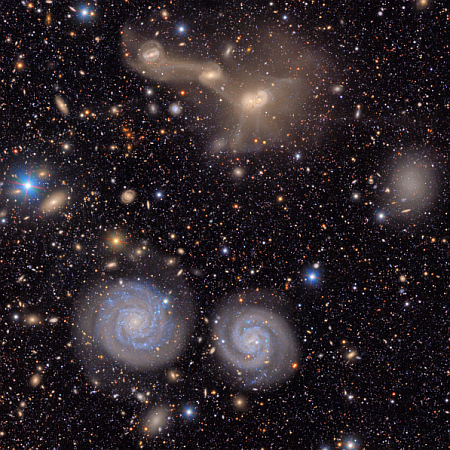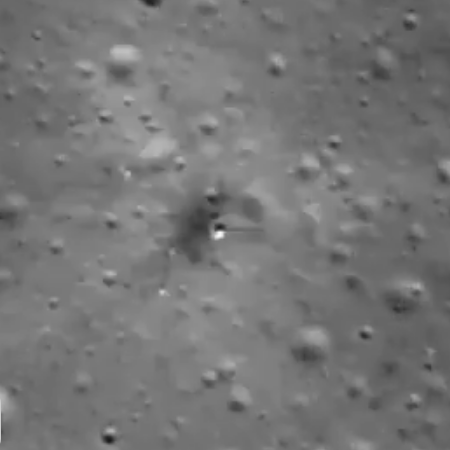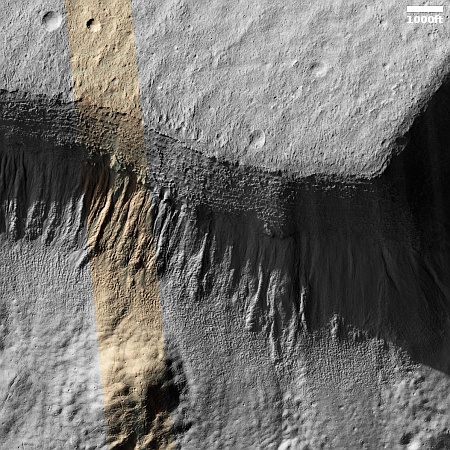Curiosity’s future travels uphill

Click for full resolution. For original images go here and here.
Cool image time! The panorama above, assembled from two pictures taken on June 23, 2025 (here and here) by the left navigation camera on the Mars rover Curiosity, looks to the south and uphill into the canyon that the rover will eventually climb.
The overview map to the right provides context. The blue dot marks Curiosity’s present location, the white line its past travel route, and the red dotted line its future route. The yellow lines indicate the approximate area covered by the panorama.
The science team is presently exploring the boxwork formation on the right, and should spend at least the next month or so there before moving on. As the rover moves up into this canyon we should also expect the science team to spend a great deal of time studying that many layered cliff face to the right.
Eventually the rover will enter those white very hilly regions on the horizon. No route through those hills however has yet been chosen.

Click for full resolution. For original images go here and here.
Cool image time! The panorama above, assembled from two pictures taken on June 23, 2025 (here and here) by the left navigation camera on the Mars rover Curiosity, looks to the south and uphill into the canyon that the rover will eventually climb.
The overview map to the right provides context. The blue dot marks Curiosity’s present location, the white line its past travel route, and the red dotted line its future route. The yellow lines indicate the approximate area covered by the panorama.
The science team is presently exploring the boxwork formation on the right, and should spend at least the next month or so there before moving on. As the rover moves up into this canyon we should also expect the science team to spend a great deal of time studying that many layered cliff face to the right.
Eventually the rover will enter those white very hilly regions on the horizon. No route through those hills however has yet been chosen.

